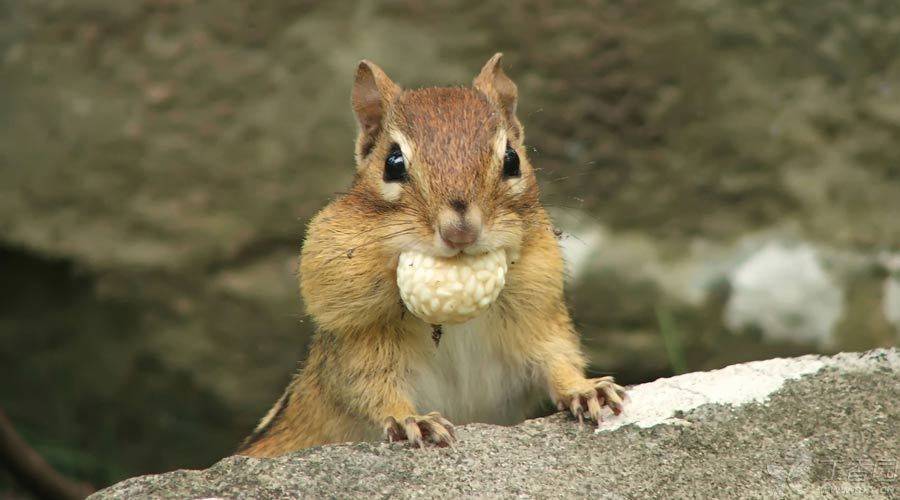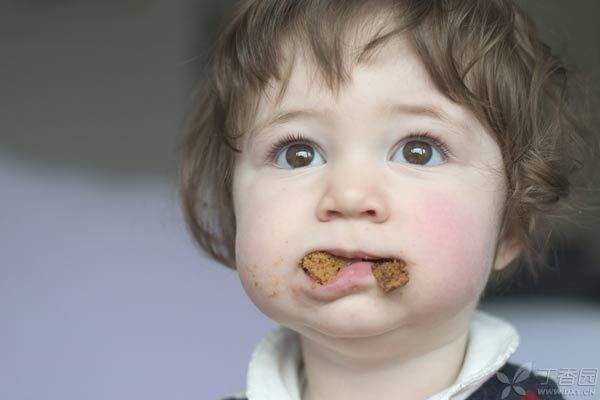
Do you really know what it looks like when you’re in your mouth? We always play with our cell phones, watch TV and chat while eating, but we never pay attention to our teeth. How grinds the food finely and how swallows it.
The Right Steps to Eat
Most of the time, we use bilateral teeth to chew alternately. First, use the front teeth, that is, incisors, to cut the food first. Then use your tongue to place the food between the upper and lower big teeth on one side, that is, between the molars. After grinding and chewing for a while, then transfer the food to the other big teeth to continue. This alternates until we feel that the food is fine enough and then swallow it.
Of course, we assume that your teeth are complete and symmetrical, each cusp is coordinated, basically neat, not crowded and disordered, and there is no serious periodontitis or tooth decay.
Therefore, it is also certain that some people chew food with one tooth.
Why don’t you use the other tooth?
In many cases, the reason for chewing with only one side of the tooth is often due to [inconvenience] using the other side of the tooth.
1. No teeth on one side
Several teeth on one side are missing for various reasons. Obviously, the teeth on this side can no longer be used to chew.
2. Teeth but pain
One side of the tooth pain, a bite will be more painful, seeking benefits and avoiding disadvantages, people will consciously use the other side of the tooth;
Step 3: Teeth are boring
One side of the tooth is loose due to periodontal disease, chewing makes it difficult, and people will basically give up using it.
4. Low efficiency of teeth
Teeth are crowded and disordered, and some teeth cannot even chew. In order to crush food, people have to find a place with the highest efficiency to chew.
5. Oral ulcer
Even oral ulcers in some locations can make people feel too painful to bite with one side of the tooth, so they have to use the other side.
In addition to the above reasons, the size and hardness of food will also lead some people to use teeth on one side more. Of course, there are quite a few people who are naturally willful. Although their teeth and the whole chewing system are completely normal, they still bite with only one tooth.

Is it not good for what to chew with only one tooth?
1. The tooth used was twice worn.
Teeth are responsible for chewing food and are a very important link in the process of digesting food. When deciduous teeth fall off, we will grow permanent teeth ready to serve for a lifetime. However, no matter how hard things are used for a long time, the surface will be worn out over time.
Under normal circumstances, tooth wear is relatively uniform and symmetrical. Teeth will become shorter and thinner over the years. These abrasions occur not only on the side where the teeth are in direct contact with food, but also on the side where the teeth are in contact with the teeth. However, because the changes are relatively slight and uniform, there will be no serious adverse consequences.
However, this is not the case for people who are accustomed to chewing on one side. The habitual side will suffer double wear and tear than the other side. The teeth on the used side will become shorter and thinner than the unused side. Excessive wear and tear of teeth will obviously lead to a decline in chewing function, and food that could be swallowed after five chews may be chewed ten times.
In addition, teeth may also move: when the teeth on the used side become thinner, they will be pushed over by the [fat teeth] on the unused side, eventually causing the whole tooth to tilt to the used side.
2. [Big and Small Face]
In addition to the crooked teeth, because only one side chews, the muscles that drive the teeth to chew on one side will get more [exercise] and become more developed than the other side. Over time, the face on the habitual side will be stronger than the other side.
Just like many athletes’ right hand is thicker and stronger than their left hand, although large and small faces will not have any substantial impact on their health, such fullness should be the most annoying thing for the majority of beauty lovers.
3. Tooth body and periodontal injury
On the unused side of the tooth, gums are more prone to tartar because they seldom get food friction, and then the corresponding risks of tooth decay, gingivitis and periodontitis will increase.
4. Temporomandibular joint injury
What is [temporomandibular joint]? This is a joint responsible for opening and closing our mouths. We can use it when talking, eating and yawning. It is located in front of our two ears. You can put your fingers in front of our ears and then do the opening and closing exercises to feel it!
If you use one of your teeth for a long time to chew, you will also cause damage to one of your temporomandibular joints. Finally, there may be adverse consequences such as [clicking] noise when you open your mouth wide, joint pain, and finally your mouth cannot be opened.
How can I chew with both teeth again?
The most important point is to eliminate most dental diseases, missing teeth and other problems that lead us to bite with only one tooth, so that the teeth on both sides can work together to undertake chewing tasks.
Secondly, under a relatively complete masticatory system, the habit of using bilateral teeth alternately should be actively cultivated.
Finally, if the pathological manifestations have been caused by unilateral chewing, you should seek medical treatment in time.
In the eyes of dentists, it is still symmetrical face beauty.
Editor: Fei Fei
Author: He Jianliang
